Why Do Dark Spots Appear on My Legs? Common Causes Explained
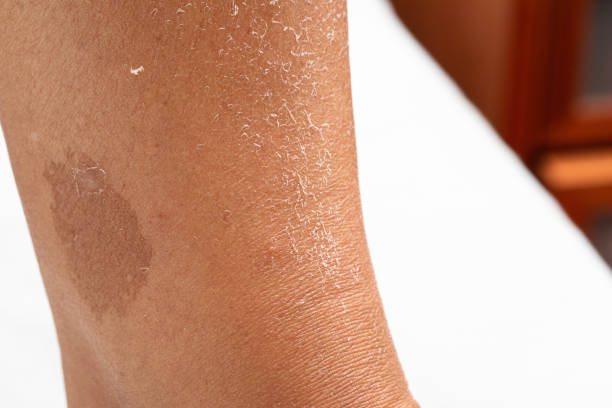
Dark spots on the legs are often linked to varicose veins and chronic venous insufficiency (CVI), where poor circulation causes skin discoloration and swelling. Identifying the root cause is essential, as treatments may include lifestyle changes, medical procedures, and topical therapies to restore healthy skin tone.
Understanding Varicose Vein Stages: From Mild Twists to Serious Trouble
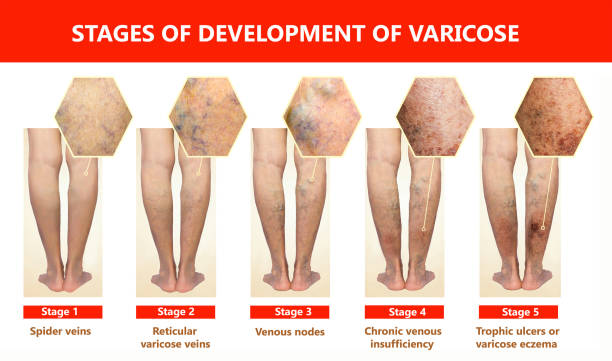
Varicose veins often start subtly with mild leg heaviness or faint, twisting veins that are easy to overlook. However, if left untreated, they can progress to bulging veins, skin changes, and even venous ulcers. Early recognition and proper treatment are key to preventing serious complications.
IVC Filters Explained: Your Best Defense Against Harmful Clots
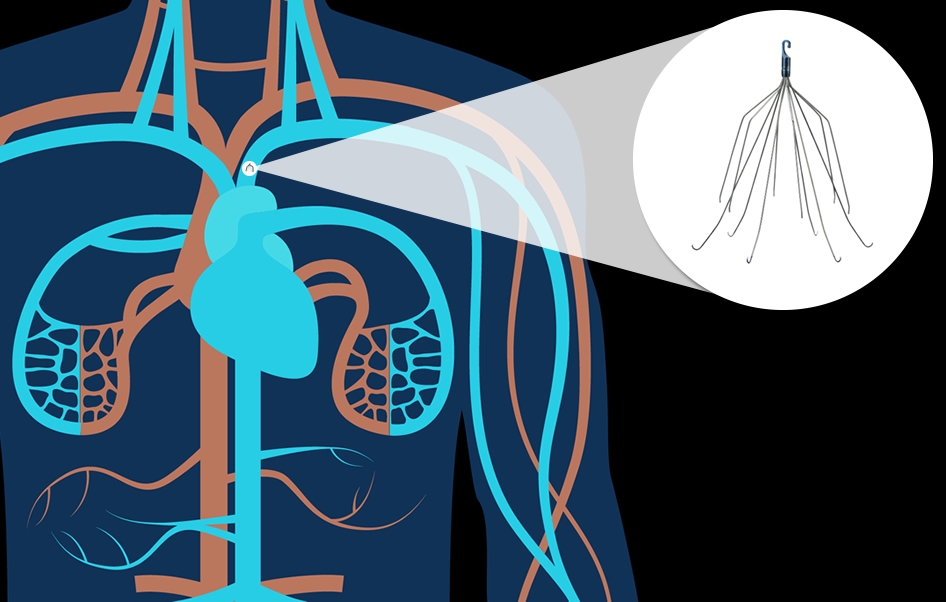
An IVC (inferior vena cava) filter is a small device placed in your body’s largest vein to catch blood clots before they reach the lungs, helping prevent pulmonary embolism. It’s a safe option for patients who can’t take blood thinners, with removable or permanent choices available. For expert care and guidance, trust a vascular specialist like Dr. Darryl Lim.
Best Treatment for Spider Veins: Comparing Natural and Over-The-Counter Options
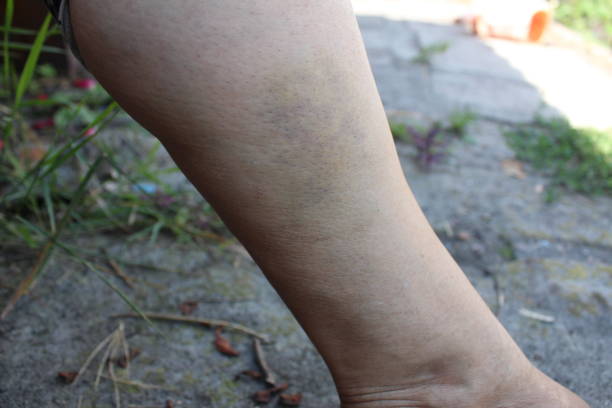
Spider veins can be managed with natural remedies like exercise, diet changes, and compression stockings, or over-the-counter treatments such as retinol creams and vitamin K. For long-term results, consulting a vascular specialist for treatments like sclerotherapy or radiofrequency ablation is recommended.
Spider Veins vs. Varicose Veins: What’s the Difference?
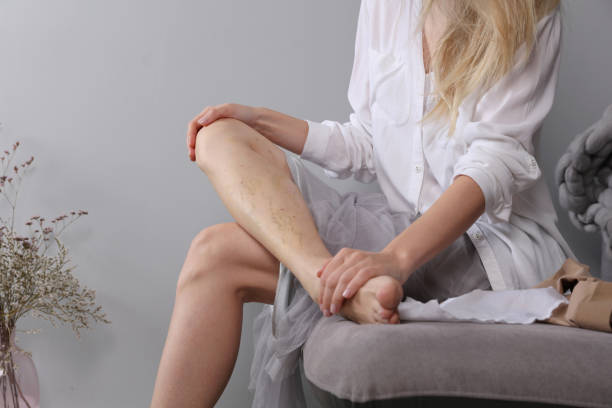
The short answer: Size, depth, and symptoms
Causes and Treatment Options for Leg Ulcers
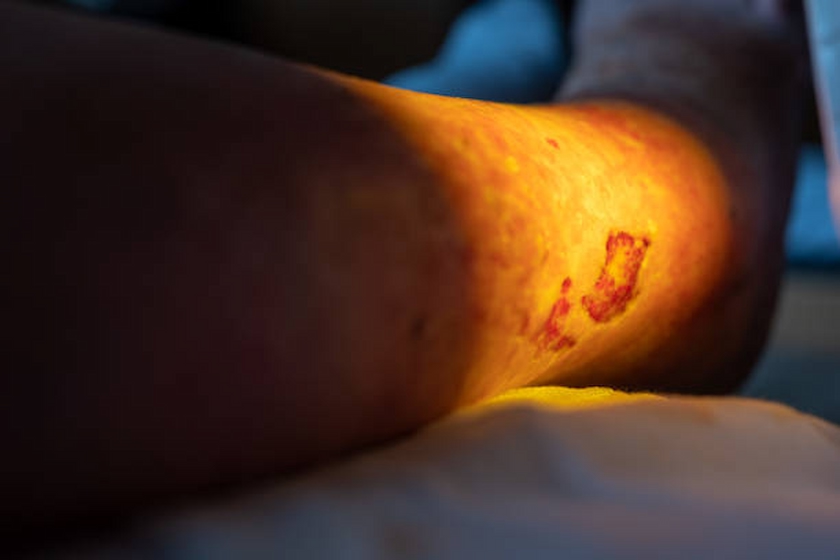
Leg ulcers, often caused by chronic venous insufficiency, diabetes, or injury, require prompt treatment to prevent complications. Wound care, compression therapy, and surgical interventions are effective options for managing and healing these open wounds.
Why are my legs turning Brown? Frequently Asked Questions about Leg Discoloration
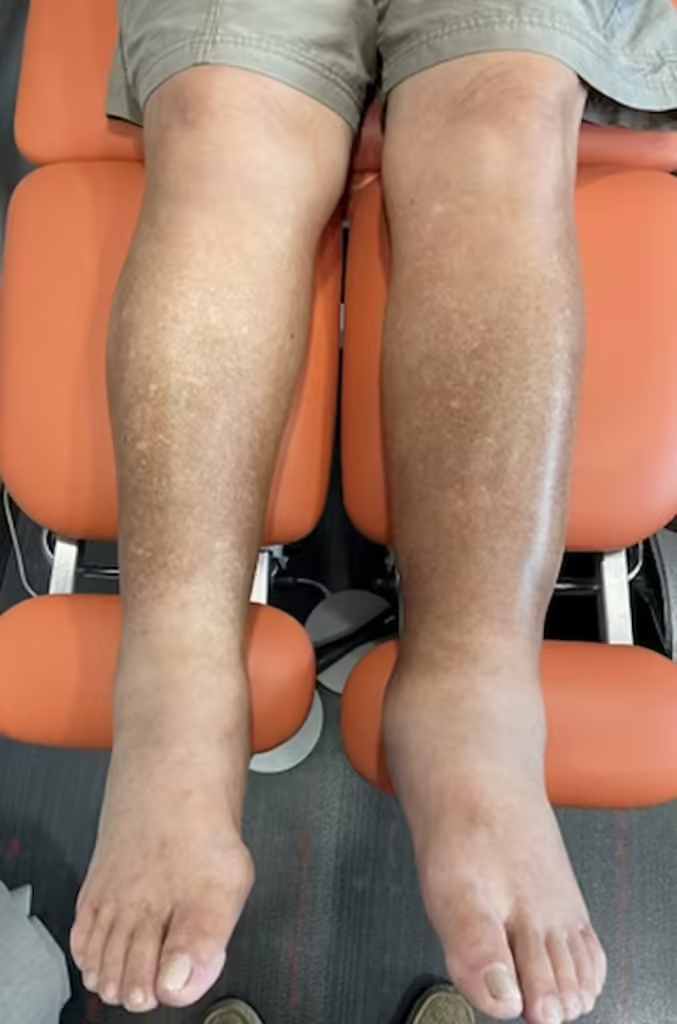
Leg discoloration, often seen as brown or reddish spots, can be caused by conditions like diabetes, chronic venous insufficiency, or peripheral vascular disease. Learn more about potential causes, symptoms, and treatments for leg discoloration.
How does diabetes affect my risk of peripheral vascular disease?
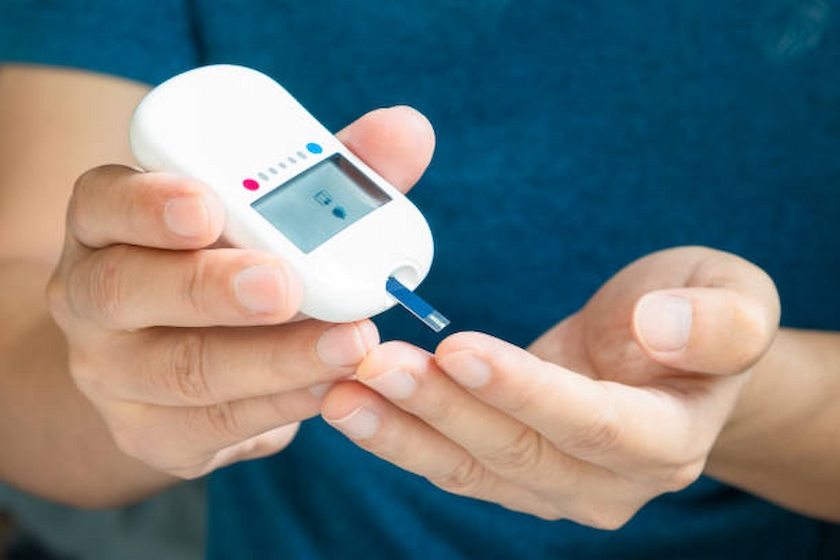
Diabetes increases the risk of Peripheral Vascular Disease (PVD) by accelerating atherosclerosis, which reduces blood flow to the limbs. Early detection, blood sugar control, and lifestyle changes are essential for managing both diabetes and PVD effectively.
Key Facts About Peripheral Vascular Disease
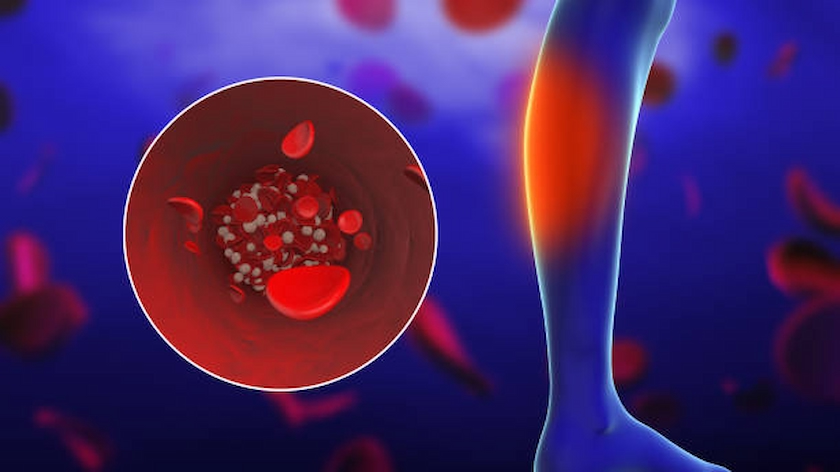
Peripheral Vascular Disease (PVD) is a condition where the arteries become narrowed, reducing blood flow to the limbs. It can cause leg pain and increase the risk of heart attack and stroke. Early detection and lifestyle changes are crucial to managing PVD effectively.
Recognizing Signs of Peripheral Vascular Disease
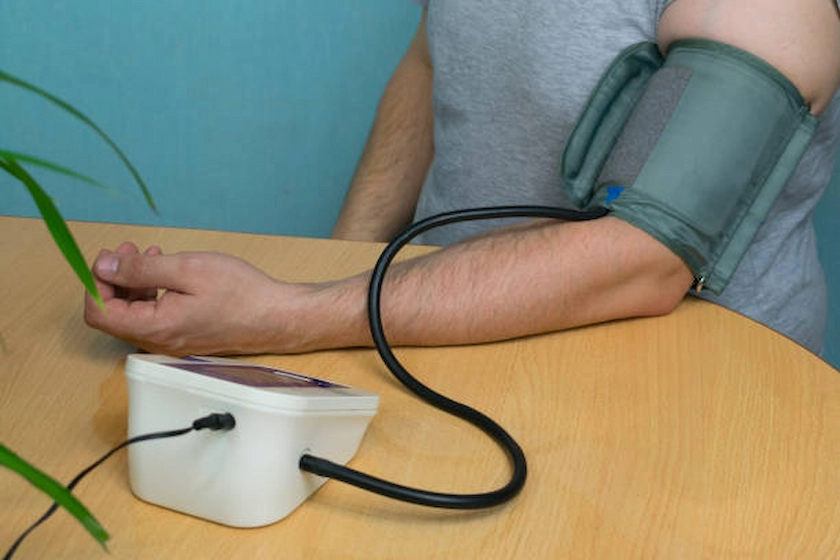
Recognizing the signs of Peripheral Vascular Disease (PVD) is crucial for early intervention. Learn about common symptoms, risk factors, and how timely diagnosis can prevent severe complications and improve vascular health.
Opening Blocked Arteries with Angioplasty and Stent Placement
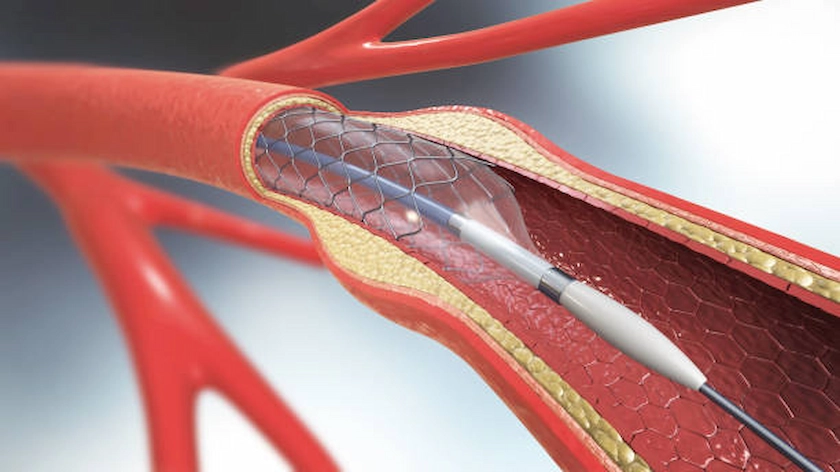
Angioplasty and stent placement are minimally invasive procedures that restore blood flow in blocked arteries. Learn about the process, benefits, and long-term management to prevent future complications and improve your vascular health.
How Angioplasty Restores Blood Flow in Peripheral Vascular Disease
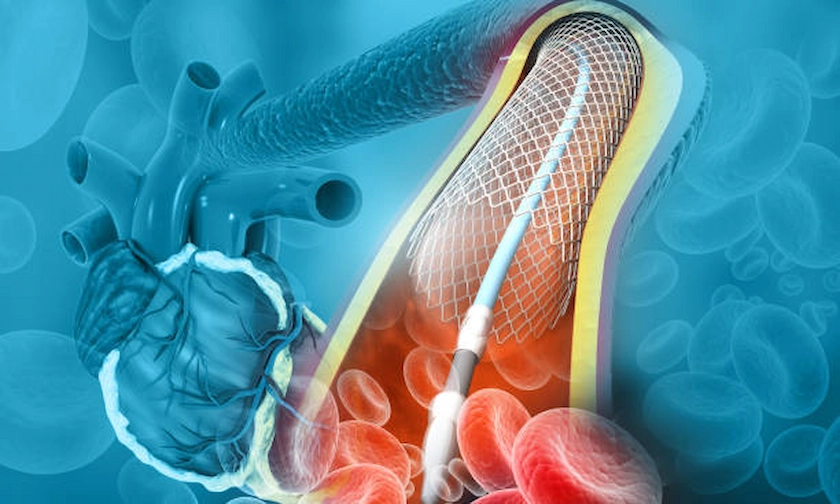
Angioplasty is a minimally invasive procedure that restores blood flow in patients with Peripheral Vascular Disease (PVD). Learn how this treatment alleviates symptoms, its benefits, and the importance of long-term management.
Comparing Sclerotherapy and Venaseal for Varicose Vein Treatment
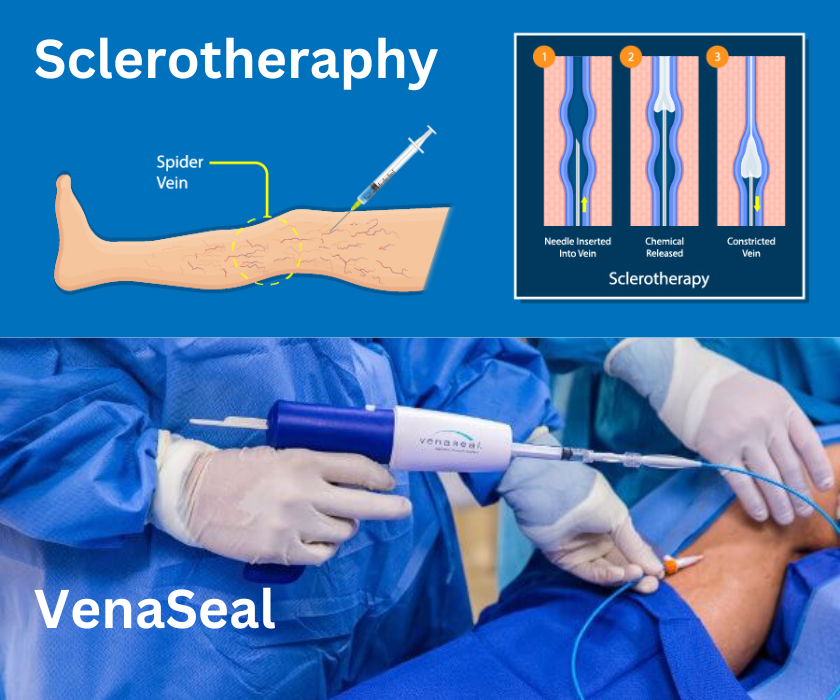
Varicose veins, often painful and unsightly, can significantly impact quality of life. This article compares two effective treatments: sclerotherapy and Venaseal. Discover which option best suits your medical and personal preferences with expert insights from Dr. Darryl Lim.
When to See a Doctor About Varicose Veins: Warning Signs and Symptoms
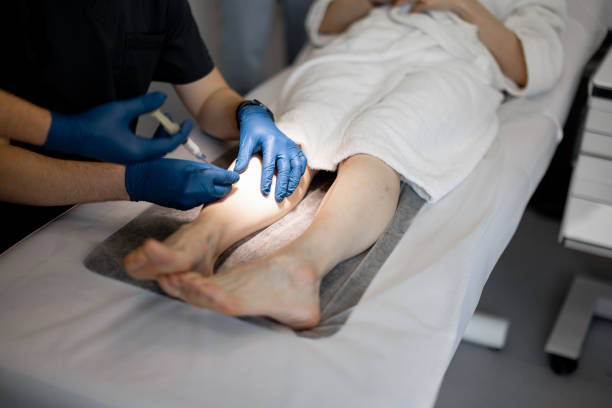
Varicose veins might seem like a cosmetic issue, but they can signal serious vascular problems. Learn when to seek medical advice for varicose veins, recognizing symptoms like persistent leg pain, skin changes, and swelling. Discover the preventive measures and treatment options available to improve your vascular health with guidance from Dr. Darryl Lim.
Understanding Chronic Venous Insufficiency: Causes, Symptoms, and Treatments
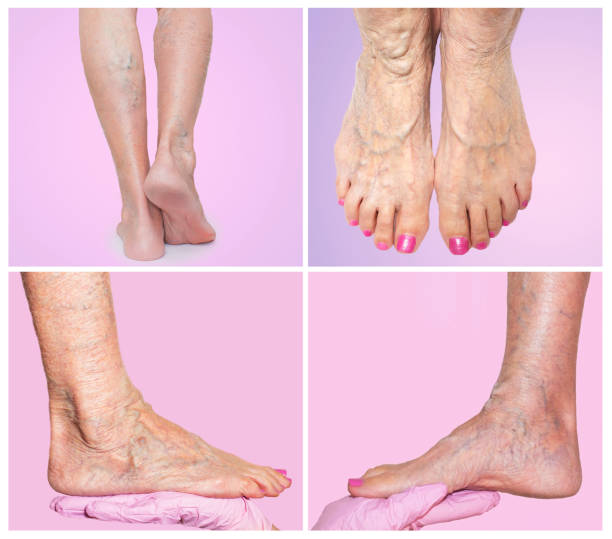
Chronic venous insufficiency (CVI) is a condition that significantly impacts leg health, affecting many individuals annually. This comprehensive guide by Dr. Darryl Lim explores the causes, symptoms, and treatment options for CVI, empowering patients with the knowledge to manage and overcome this condition effectively.
Say Farewell to Spider Veins: Comparing Injecting Sclerotherapy and VeinGogh Thermolysis
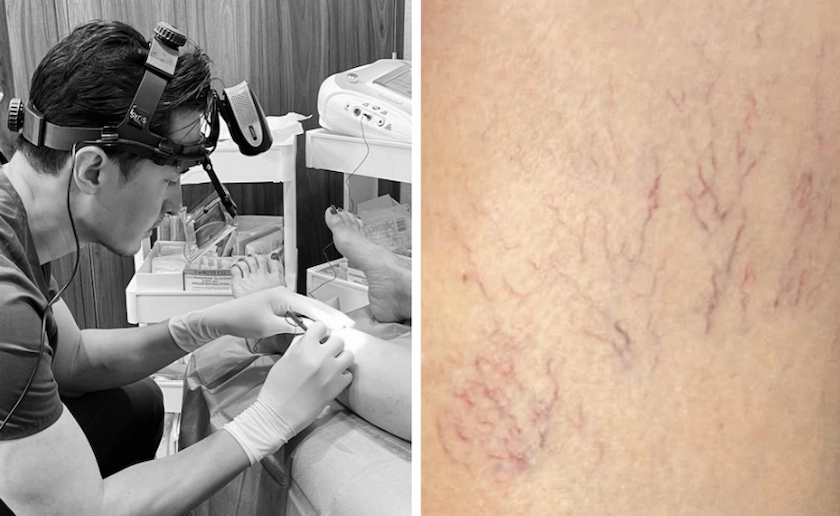
Spider veins, small dilated blood vessels near the skin’s surface, can be treated with injection sclerotherapy, which collapses veins using a sclerosing solution, or with Vein Gogh Ohmic Thermolysis, a method using high-frequency energy for faster improvement in smaller veins. Consulting a vascular specialist is key to choosing the best treatment based on vein size, location, and individual preferences.
Radiofrequency Ablation (RFA): A Comprehensive Guide to RFA for Varicose Veins and Chronic Venous Insufficiency
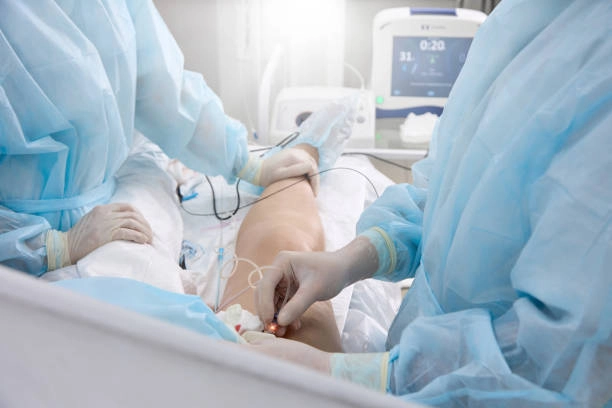
Explore the comprehensive guide to Radiofrequency Ablation (RFA) for varicose veins and chronic venous insufficiency (venous reflux disease). Understand the procedure, benefits, and risks associated with RFA treatment offered at Dr. Darryl Lim’s clinic.
Minimally Invasive Techniques in Vascular Surgery
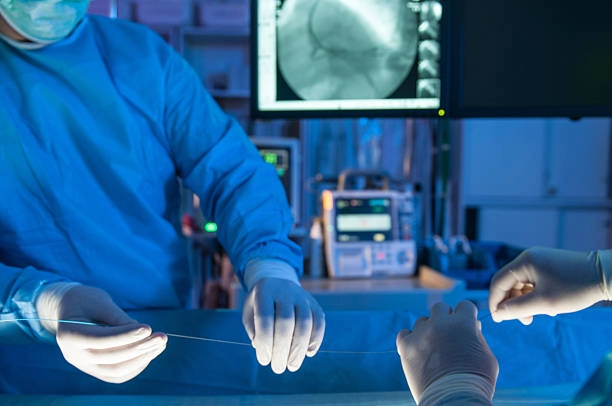
Minimally invasive techniques in vascular surgery offer safer, quicker recovery options compared to traditional methods. Discover the benefits of procedures like angioplasty, stenting, and EVAR for improved vascular health and patient outcomes.
Pelvic Congestion Syndrome: Understanding and Managing Chronic Pelvic Pain
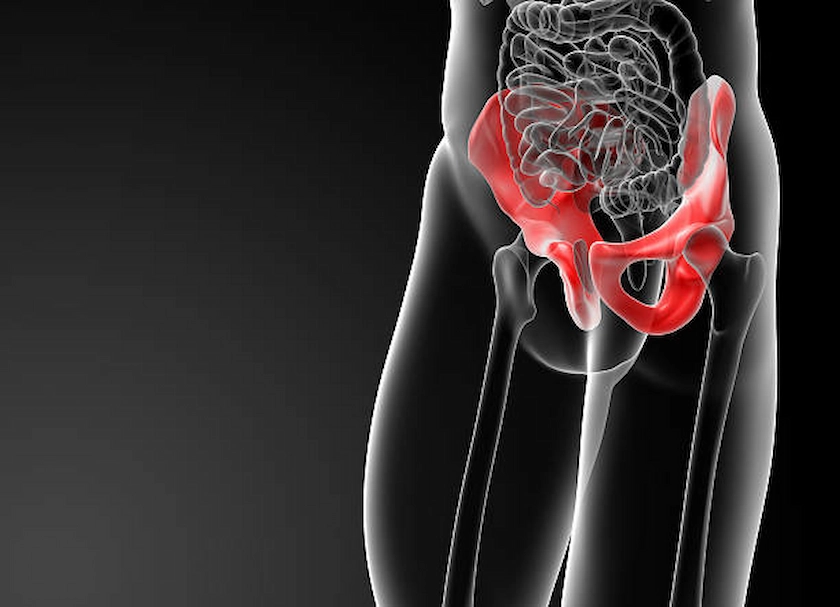
Pelvic Congestion Syndrome (PCS) is a chronic condition causing persistent pelvic pain due to varicose veins in the pelvic area. Understanding PCS, its symptoms, causes, and treatment options is crucial for effective management and an improved quality of life.
May-Thurner Syndrome: Understanding and Managing Iliac Vein Compression
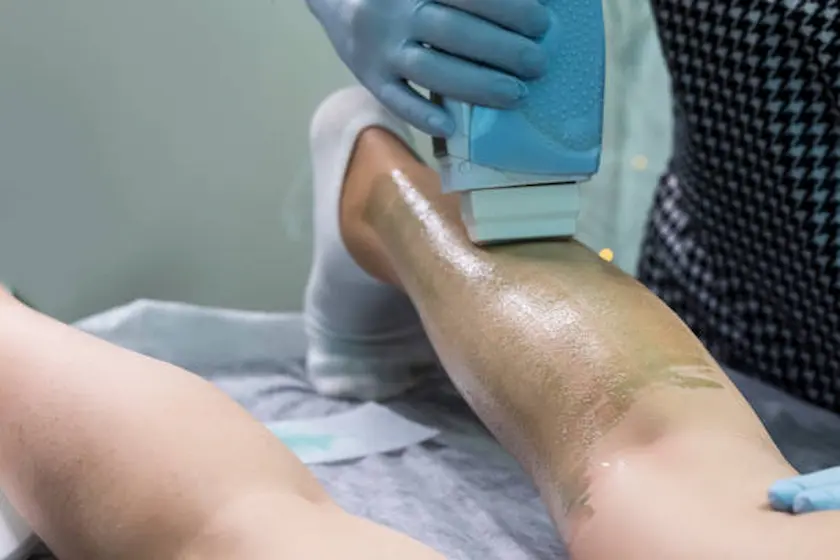
May-Thurner Syndrome, or Iliac Vein Compression Syndrome (IVCS), occurs when the right iliac artery compresses the left iliac vein, leading to symptoms like leg swelling and deep vein thrombosis (DVT). Understanding the causes, symptoms, diagnosis, and treatment options for IVCS can help with early detection and effective management, improving overall vascular health.

